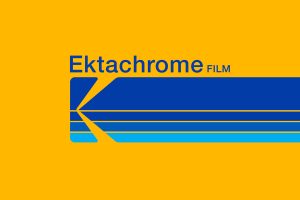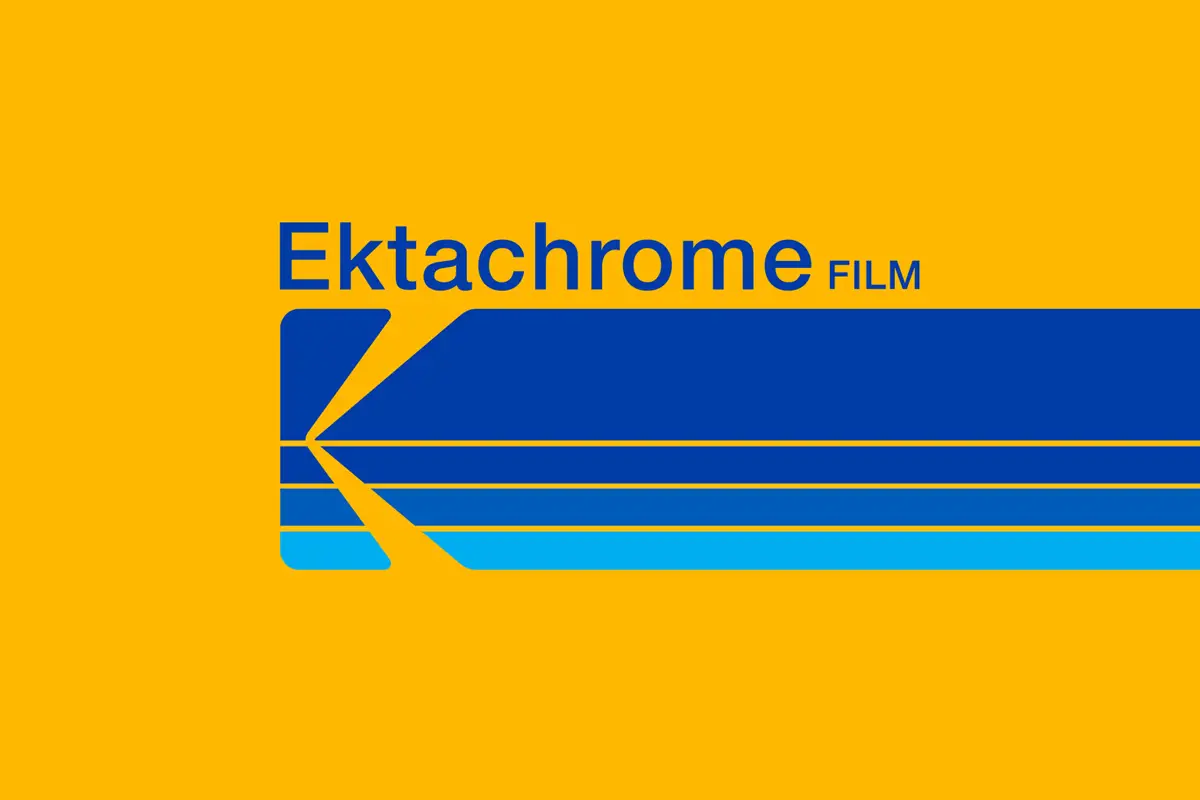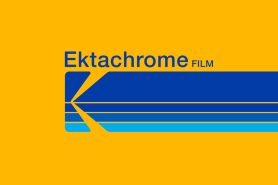 For the past year and a half, film enthusiasts and camera collectors like myself have been reading about a resurgence of film photography. How the death of film that’s been ongoing since the early 2000s could be coming to an end. People are shooting more film than they have in years, and now we even have new emulsions being pitched on sites like Kickstarter on a regular basis. Perhaps the most exciting is of a new film that’s about to make it’s debut by the company that started it all, Kodak.
For the past year and a half, film enthusiasts and camera collectors like myself have been reading about a resurgence of film photography. How the death of film that’s been ongoing since the early 2000s could be coming to an end. People are shooting more film than they have in years, and now we even have new emulsions being pitched on sites like Kickstarter on a regular basis. Perhaps the most exciting is of a new film that’s about to make it’s debut by the company that started it all, Kodak.
Except this “new” film isn’t new at all. In fact, its an old film that Kodak discontinued in late 2013. The film is Ektachrome 100D. A color transparency film that was first released in sheet and roll film versions in the 1940s, it became the film of choice for National Geographic for it’s speed and warm colors. Ektachrome was favored in situations requiring fast motion, where Kodachrome was too slow. It has a distinct look that other color films and digital cameras can’t fully recreate and since it’s death in 2013, has left a void in the hearts of film enthusiasts everywhere.
The rebirth of Ektachrome has been promised since early last year, and although the initial release date has already been pushed back to an undetermined date in 2018, as of this year’s Consumer Electronics Show in January, Kodak promises that the film is still coming. Pricing and availability is still unknown.

So while we don’t yet have any new Ektachrome to shoot, why not take a look back at when the film was new and see what people thought of it back then.
The following article comes from the May 1955 issue of Modern Photography when the first 35mm version of Ektachrome was released. The article is actually two different parts, the first is more instructional in how best to use the new film, and the second offers a technical analysis of how the film was designed and how it works.
The first thing that jumped out at me when reading this article is that this first Ektachrome from 1955 is not the same emulsion as the later types that could be bought in the 1980s and beyond. It used an earlier E-2 process that was discontinued in 1966. Also, although referred to as a high-speed color film, it was rated at a mere ASA 32, far from anything we’d call fast these days! Still, at a blistering 3 stops faster than comparable Kodachrome from the same era, Ektrachrome opened up photography to those with lower spec lenses and in situations where lighting would have required a flash.
The technical aspects of the article are a bit over my head, as are the development tips as I have never attempted developing anything as ambitious as Ektachrome, but I am sure that enthusiasts back in 1955 appreciated the info.
The whole article, along with some really spectacular color samples is below. I found the “how to use it” section to be more interesting, but it’s all here for you to enjoy. I don’t imagine that any upcoming release of Ektachrome will be anything like what the editor of this article experienced 63 years ago, but it’s still a glimpse of an exciting new film that likely had film enthusiasts buzzing back then!
All scans used with permission by Marc Bergman, 2018.









Great article, I always used Kodak slide films and was sad when they discontinued Kodachrome. Elitechome 200 became my favourite. Looking forward to the new film, the hard part will be finding somewhere to get it processed,
Great news. Did a bit with Kodachrome 64 back in the day. Colour fidelity was beaut – but then so was Fuji Astia and it never lasted long. Film needs support and more reviews like Mike’s doing. More power to him.
The first serious 35mm camera I used was the Leica IIIa with it’s fast-but-fuzzy and hazy 50mm f/1.5 Tayor-Hobson Xenon lens that weighed as much as the camera body. I learned how to use Ye Olde Leica with black-and-white film, then tried some Kodachrome on the other 35mm camera, a Nikon S2. The 50mm f/1.4 Nikkor was sharp and contrasty, perfect for Kodachrome, and laster, Ektachrome slides.
The time was between the late 1950’s and early 1960’s, as 35mm rangefinder cameras were being shoved into the Used Camera bin by the almighty Single Lens Reflex. From these Kodachrome II and Kodachrome-X days, I recall that Ektachrome-X was cooler and rendered greens and blues better.